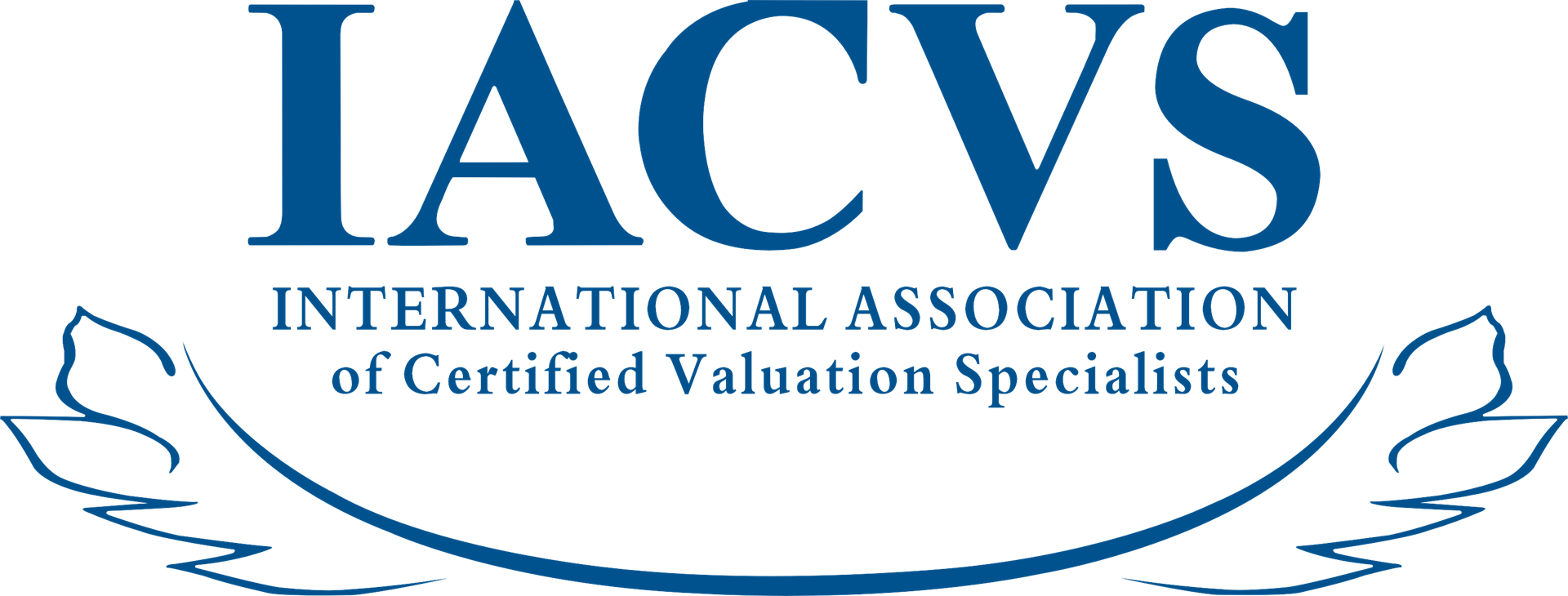Can’t answer a question with a simple yes or no in court?
It is always very interesting to hear what judges have to say about giving expert testimony. At the recent New Jersey CPA Society’s Business Valuation and Litigation Services Conference, retired judge Charles M. Rand, who presided in New Jersey Superior Court, was asked a question: What should the expert do if he or she cannot answer yes or no to a question from opposing counsel? Some judges have said that the witness can turn to the judge and ask to expand on their answer. Some judges may not welcome that, so Judge Rand offers an alternative strategy. The witness should respond, “I can’t answer yes or no to that question.” If the opposing counsel keeps pushing you, then you simply have to give an answer. But the attorney on your side should, on redirect, ask you to explain why you couldn’t answer yes or no.
Full coverage of all of the sessions at the conference will be in the November issue of Business Valuation Update.
Justifying hockey-stick projections
Valuation experts frequently receive from management what may appear to be an unrealistic forecast that starts off modestly but shoots up in future years as if by magic. These hockey-stick projections may be perfectly valid, but it’s up to the analyst to scrutinize them. If the valuation ends up in litigation, the analyst will surely be questioned about them.
In a blog post, Chris Mercer (Mercer Capital) recalls having a hockey-stick projection from a bank that currently had low earnings. It appeared that the bank could not possibly achieve that level of performance found in the bank’s own current capital plan for the next five years, which had been prepared for regulatory review in the normal course of business. Mercer was accused of unrealistically relying on the bank’s capital plan.
In response, Mercer referred the attorney to an exhibit in the valuation report that compared the previous five years’ performance with the earnings and returns of the capital plan. “There, it was clear that the projected returns (on assets and equity) were within the levels achieved by the bank in the previous few years, and below the current level of the bank’s peer group,” Mercer writes. “Value today is a function of expectations for future performance—and the expectations used were in line with past performance, management’s stated plans, management’s business plan, and the performance of similar banks.”
This situation illustrates the importance of professional skepticism, especially when reviewing management’s prospective financial information (PFI). Common procedures include, but are not limited to, a comparison of prior forecasts to actual results, comparison of PFI to industry expectations, checking the PFI against other internally prepared financial information for consistency, a comparison of entity PFI to historical trends, an understanding of who prepared the PFI and how often it is prepared, and math and logic checks.
D&P/Kroll updates multiples in healthcare services
The S&P Healthcare Services Index declined by 0.6% in August, compared to the S&P 500 Index, which increased 2.9% over the same period, according to the August 2021 “Healthcare Services Sector Update” from Duff & Phelps, a Kroll Business. The best performing sectors were healthcare staffing (up 15.5%), specialty managed care (up 10.7%), and healthcare information technology (up 9.5%). The poorest performing sectors were behavioral health (down 18%), consumer-directed health/wellness (down 12.9%), and providers—other (down 11.1%). The current average LTM revenue and LTM EBITDA multiples for the healthcare services industry overall are 3.63x and 15.2x, respectively.
Preview of the November 2021 issue of Business Valuation Update
Here’s what you’ll see:
-
“‘Survey Says’ for FMV of Physician Compensation Is on Its Last Legs” (BVR Editor). The use of compensation surveys to determine the fair market value of physician compensation is seriously flawed, a position well-known expert Mark Dietrich has long maintained. Plus, recent government regulations confirm his position, and he offers an alternate methodology.
-
“Statistical Methodologies for Analyzing Active and Passive Appreciation” (BVR Editor). A rundown of the existing quantitative models that have been developed that separates the active and passive appreciation of a closely held business involved in a marital dissolution case. The models seek to statistically identify market forces that reasonably cause changes in the value of assets.
-
“Benchmark Data on Contract-Based Intangible Assets and Remaining Useful Lives” (BVR Editor). Many contract-based relationships represent identifiable intangible assets that require valuation apart from goodwill. The data here are from the third edition of Benchmarking Identifiable Intangibles and Their Useful Lives in Business Combinations, which includes data from almost 16,000 purchase price allocations.
The issue also includes:
-
BV data spotlight: “DealStats MVIC/EBITDA Trends,” “Stout Restricted Stock Study and DLOM Calculator,” “Economic Outlook for the Month,” and the “Cost of Capital Center”; and
 The International Association of Certified Valuation Specialists
The International Association of Certified Valuation Specialists